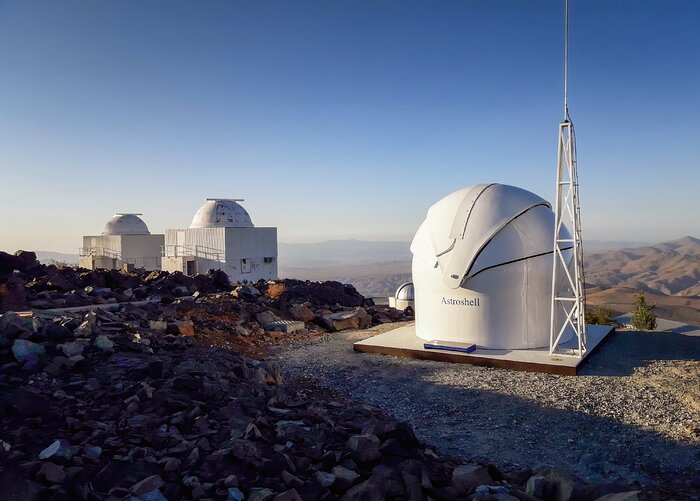
As much as we enjoy studying the skies strictly for scientific reasons, sometimes it turns out there are less inspirational reasons like making sure our planet doesn’t get destroyed by incoming asteroids. Our solar system is filled with rocks, and while we’d like to think we found all the large ones, the truth is there are probably some space rocks capable of ending humanity still not discovered, and there are definitely objects big enough to destroy cities still missing from our catalogs.
To fill in these gaps in our maps, a number of telescopes are regularly monitoring the sky. Here in the northern hemisphere, we are pretty full up on surveys, but in the southern hemisphere, there have been gaps in the coverage; gaps a new telescope in Chile hopes to fill in.
The European Southern Observatory and the European Space Agency have jointly completed the construction of a new 56-centimeter telescope that is a twin to an existing telescope in Spain. Together, these scopes are testing new technologies that may be deployed in a future “Flyeye” telescope network designed to track fast-moving objects in the sky.
These kinds of systems are particularly good at providing early warnings for incoming smaller bodies, like the meteor that struck in Botswana that we discussed last week and the 2013 Chelyabinsk meteor event. Since the Earth’s surface is mostly water, we don’t actually know how common those kinds of events are, and I both dread and am excited by the prospect of these scopes discovering a lot of space rocks hitting Earth in harmless places.
More Information
ESO press release




 Join the Crew!
Join the Crew!
 Escape Velocity Space News
Escape Velocity Space News
0 Comments